The Bratch Pumping Station
The Bratch Pumping Station is a beautifully ornate building that was constructed after a dispute over water prices between Bilston and Wolverhampton. It contains a fully working vertical triple expansion steam engine which is operated on open days by Friends of The Bratch.
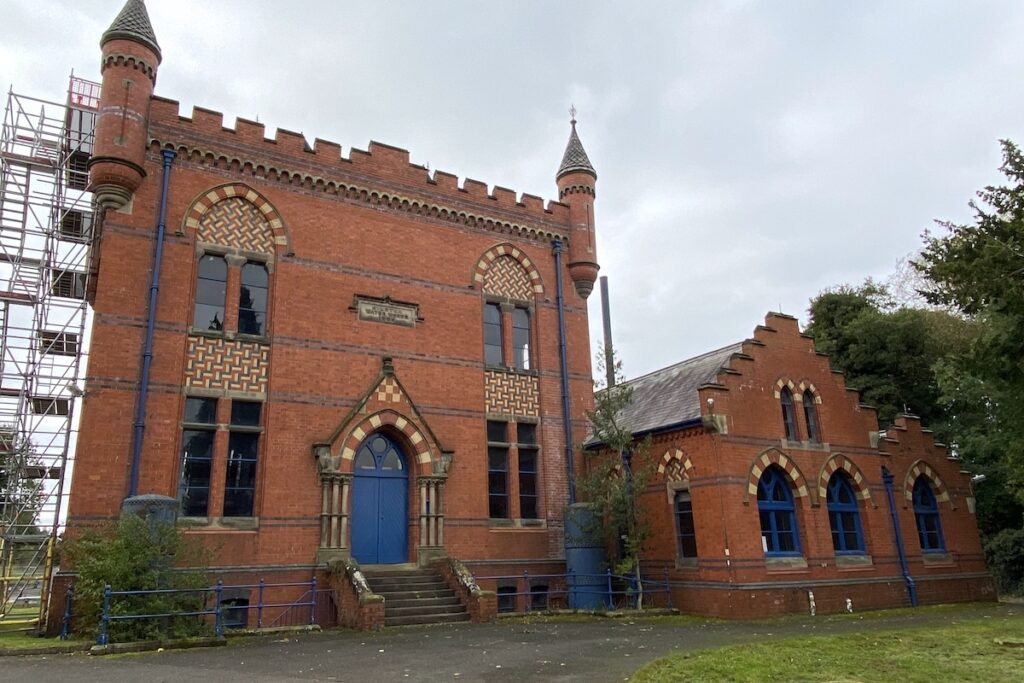
Key info
| Location | Wombourne |
| County | Staffordshire |
| Completed | 1896 |
| Engineer | Baldwin Latham |
| Maintained by | Severn Trent Warer |
| Heritage category | Listed Building Grade II* |
Visiting guide
Accessible on open days
Free entry
Free car park
Is The Bratch Pumping Station open to the public?
Unfortunately, the pumping station stands on private land owned by Severn Trent Water. It is located next to a modern working counterpart, and so you may find the land is inaccessible without invitation.
The Friends of Bratch is a volunteer group that organises site visits and steaming days. Check their Facebook page for the latest updates.
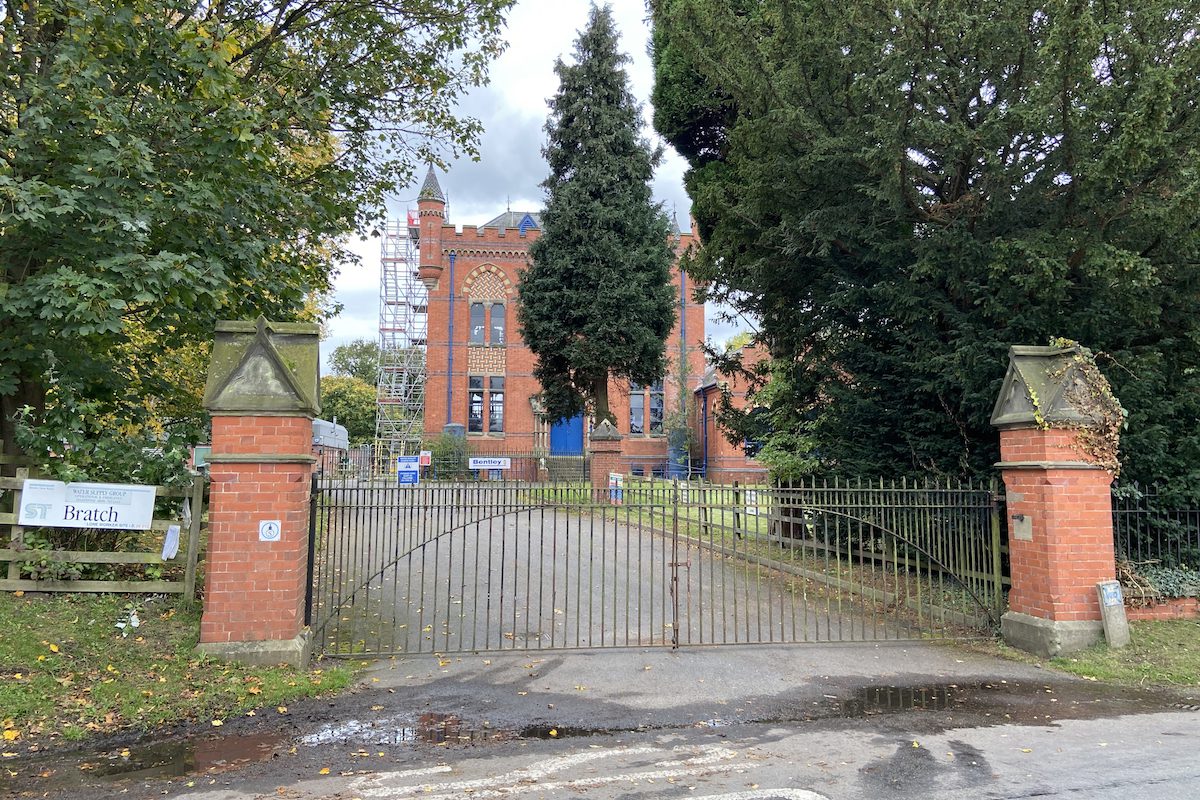
What can I expect when visiting The Bratch Pumping Station?
Luckily, we found the gates open on one of the days we visited and so we popped our heads in for a quick look around. The architecture is stunning, notice the three-coloured patterned brick panels in between the recessed bay windows and the stone plaque that reads ‘Bilston Water Works 1895’.

A boiler house exists to the right of the front entrance, where you can get a good view of the alternate red and white voussoirs above the gothic revival windows and the blue Y-tracery fanlight.
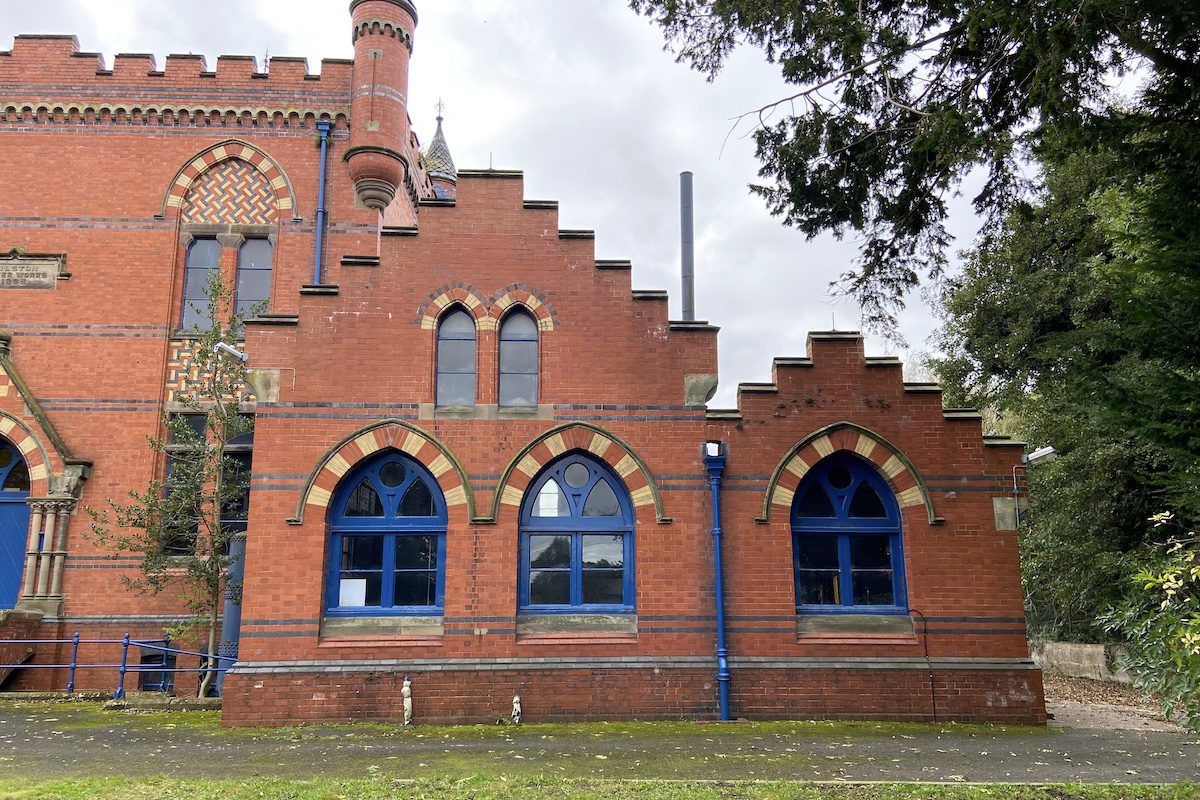
Walking around the side, you will spot modern equipment near the old pumping station, a reminder that the original boreholes are still in use over 100 years after they were sunk.
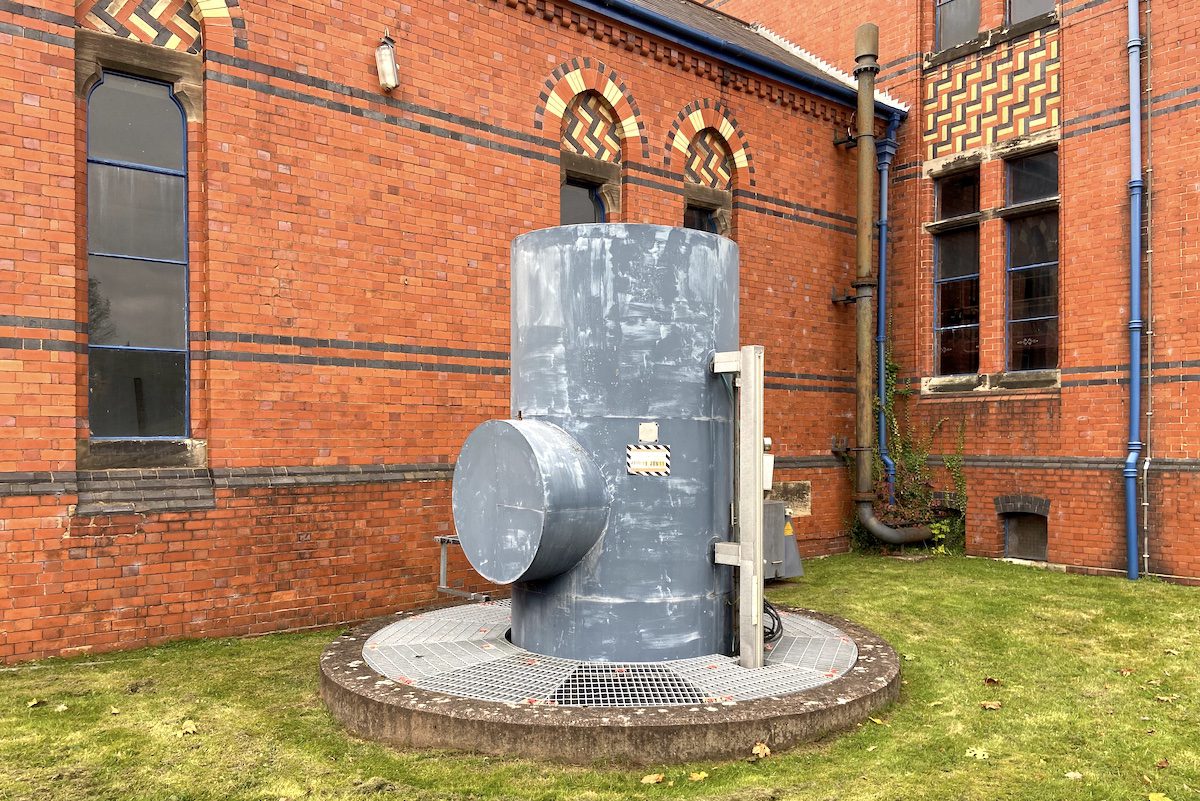
Another boiler room exists at the rear with a coal store. This is also the site of the ornate chimney stack, that was sadly demolished. You can also get a good view of the moulded corbelled bartizans on each corner of the main engine house.
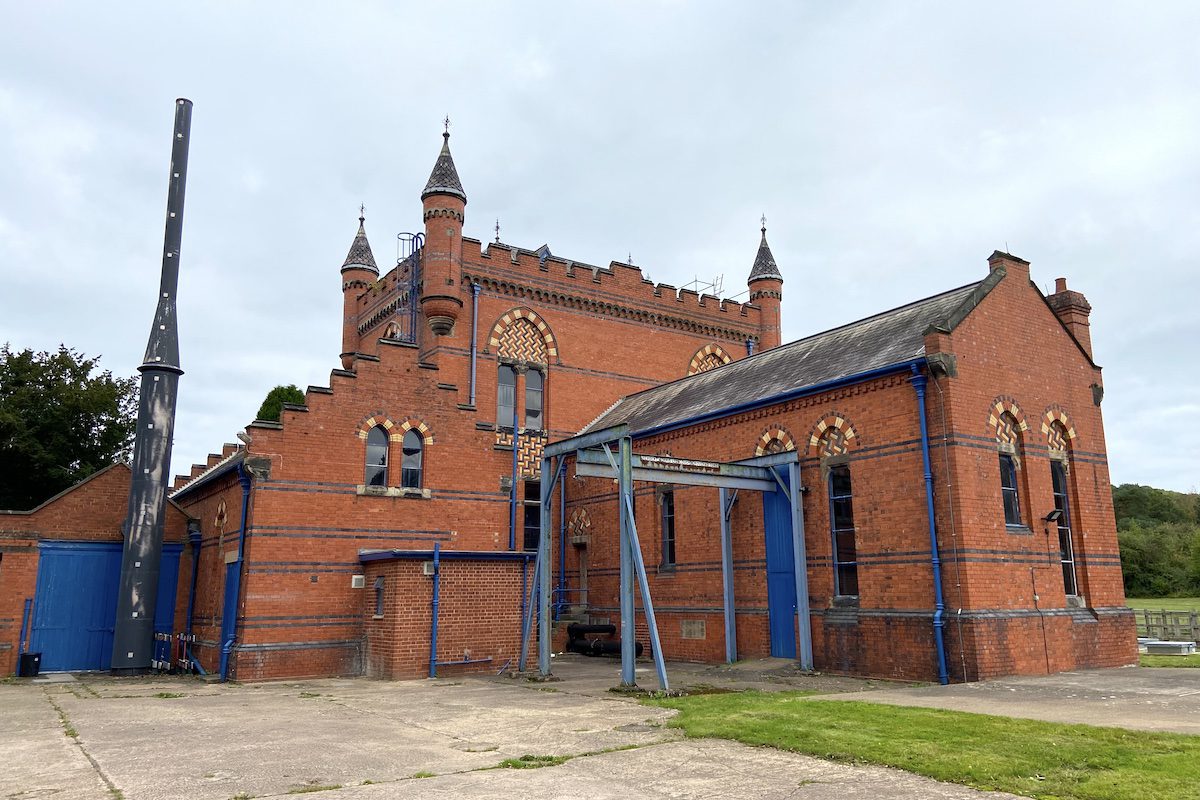
Because this is such a short visit, you may wish to extend your stay by exploring Bratch Locks, which is a stone’s throw away.
How long does it take to see The Bratch Pumping Station?
It will take you around 5 minutes to see the pumping station from the outside if you can gain access to the site. You may require an hour or so if visiting during an open day.
Is The Bratch Pumping Station suitable for a picnic?
The site is on private land, so there is no suitable spot; however, there is a lovely picnic area next to Bratch Locks.
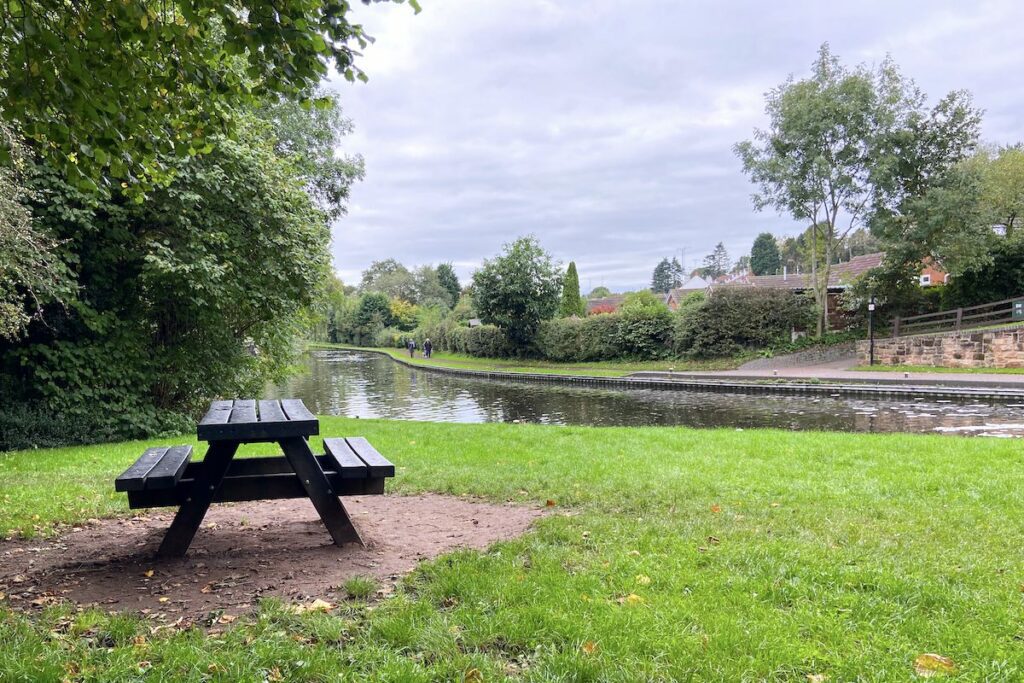
How do I get to The Bratch Pumping Station?
There is a small free car park next to the pumping station, please note the opening hours. The nearest bus stop is on Bull Meadow Lane at the end of Bratch Lane.
History of The Bratch Pumping Station
1895 – The Bratch Pumping Station is completed by Bilston Urban District Council after a dispute with the Wolverhampton Corporation over the cost of its water supply. The Bunter sand beds under The Bratch near Wombourne are recommended as the best site for pumping water, which is 5.5 miles from Bilston. Coal is delivered via the adjacent Staffordshire & Worcestershire Canal.
1896 –Two vertical triple expansion steam engines called Alexandra and Victoria. The original castings were made by James Watt & Co, but halfway through the contract, the company went into liquidation, and the work was completed by Messrs Thornewill and Warham of Burton on Trent. Supply began on 2nd July.
1897 – The station is formally opened.
1960 – Steam pumping ceases and is replaced by electric pumps backed up by emergency diesel engines [1].
1980 – The pumping station is first designated as a listed structure [2].
1996 – The Victoria steam engine is restored to fully working condition by the Friends of The Bratch led by the late Len Crane, who manufactured replacement many individual parts by hand to ensure authenticity.
2014 – The pumping station had fallen into disrepair and its future looked uncertain, which prompted an awareness campaign led by MP Gavin Williamson in an attempt to establish use for the building [3].
2020 – A new borehole is sunk, and the existing holes are refurbished [3].
Architecture and dimensions
The 2-storey pumping station with basement consists of Ruabon red brick with blue and buff brick, stone and tile dressings and a slate hipped roof in a Venetian Gothic Revival style with Scottish Baronial details. It has a rectangular plan with a left-hand and rear boiler house, coal store and borehole house.
There is a symmetrical front that has paired blue brick bands, a Lombard frieze and a crenellated parapet. The corners are enriched by moulded, corbelled bartizans with fishscale slates to conical roofs with finials. A flight of steps leads up to a gabled entrance surrounded by triple banded columns with foliate capitals to a pointed archway with alternate red and white voussoirs, Y-tracery fanlight and double half-glazed doors.
There are flanking pointed-arched recessed bays with arches as the entrance, with three-coloured patterned brick panels to the tympanum and between mullion windows, the first-floor ones with shouldered arches [2].
Sources
- Friends of The Bratch (2006) The Bratch Pumping Station. Available at: https://www.dynamike.net/thebratch/history.htm (Accessed: 12 February 2022).
- Historic England (2020) The Bratch Water Pumping Station. Available at: https://historicengland.org.uk/listing/the-list/list-entry/1232411 (Accessed: 12 February 2022).
- (2014) ‘Rescue of Bratch Pumping Station put in focus’, Express & Star, 21 February. Available at: https://www.expressandstar.com/news/2014/02/21/rescue-of-bratch-pumping-station-put-in-focus/ (Accessed: 12 February 2022).
- Severn Trent Water (2019) 100 year-old boreholes set for major refurb in Wolverhampton. Available at: https://www.stwater.co.uk/news/news-releases/100-year-old-boreholes-set-for-major-refurb-in-wolverhampton/ (Accessed: 12 February 2022).

 Warwick Gasworks
Warwick Gasworks